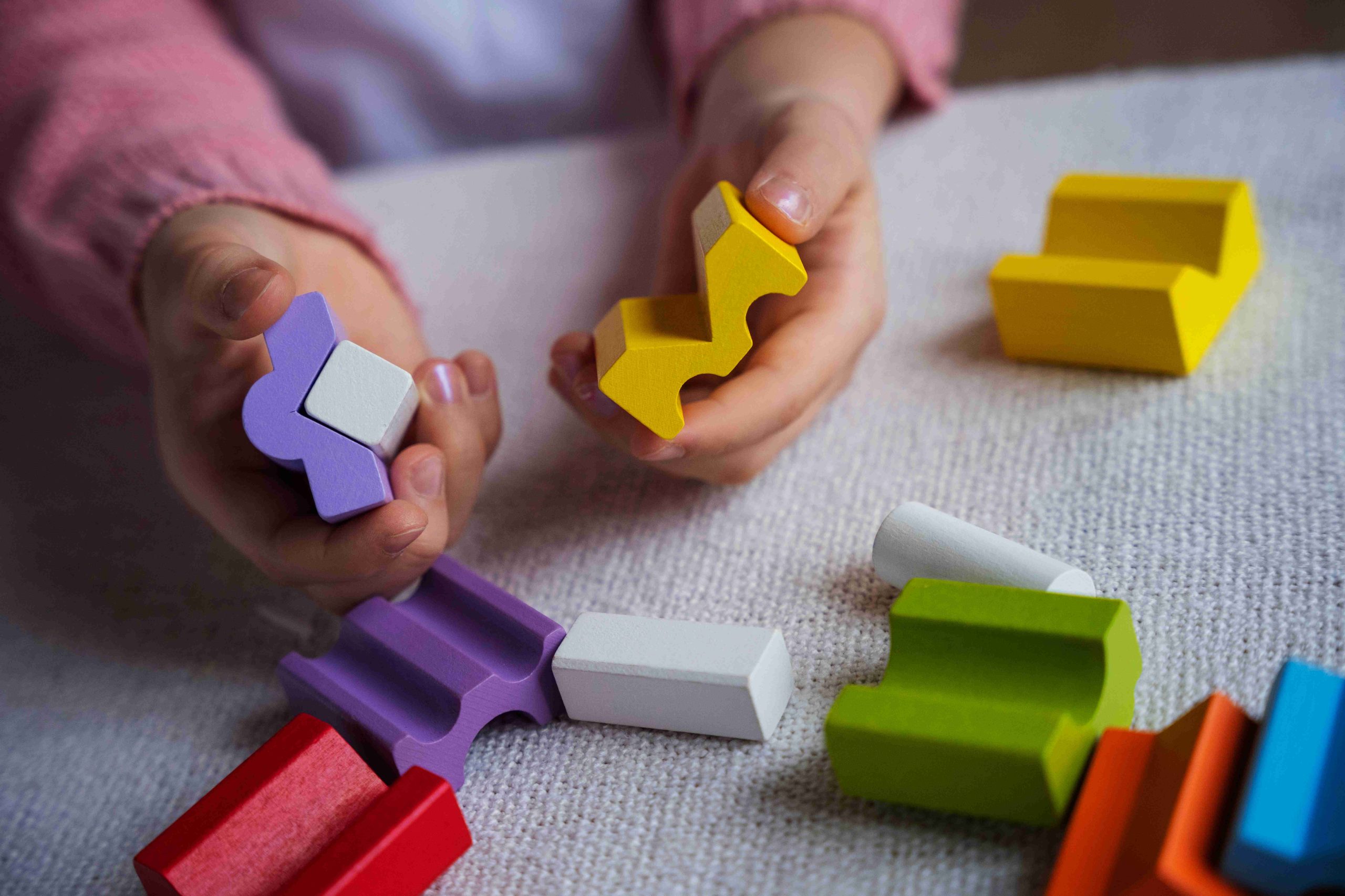
Early Learning: Shapes and Dimensions for Preschoolers
As parents and caregivers, we always aim to provide the best education and support for our preschoolers. One crucial aspect of early learning is understanding shapes and dimensions. But when should preschoolers start learning these fundamental concepts? Let’s explore this topic in detail and understand why it matters for their cognitive development.
The Significance of Shapes in Early Learning
Shapes are all around us – in the objects we see, the toys we play with, and the environment we live in. Understanding shapes is vital for preschoolers as it aids in developing visual perception skills, spatial awareness, and critical thinking abilities. Recognizing and naming shapes helps preschoolers understand and describe the world around them, laying a strong foundation for future mathematical concepts.
Exploring Dimensions: 2D and 3D Shapes
Shapes come in various dimensions, including two-dimensional (2D) and three-dimensional (3D) forms. Introducing preschoolers to both 2D and 3D shapes allows for hands-on exploration and helps in understanding spatial relationships and perspectives. This practical knowledge enhances fine motor skills and aids in navigating the physical world effectively.
When to Introduce Shapes and Dimensions
Experts suggest that preschoolers as young as three years old can start learning about shapes and dimensions. Play-based activities such as sorting games and building with blocks are effective ways to introduce these concepts. These activities make learning fun and engaging without overwhelming preschoolers.
Benefits of Early Learning
Early exposure to shapes and dimensions offers numerous benefits for preschoolers’ development:
- Cognitive Development: Understanding shapes and dimensions enhances cognitive skills such as visual perception and critical thinking.
- Fine Motor Skills: Manipulating shapes improves fine motor skills and hand-eye coordination.
- Creativity: Exploring shapes fosters creativity and imagination in preschoolers.
- Problem-Solving: Engaging with shapes encourages problem-solving skills.
- Language Development: Learning about shapes enhances language skills and vocabulary.
- Confidence: Mastering shapes boosts confidence and self-esteem in preschoolers.
Practical Tips for Parents
Here are some practical tips for introducing shapes and dimensions to preschoolers:
- Make Learning Fun: Use games and hands-on activities to make learning enjoyable.
- Provide Real-Life Examples: Point out shapes in everyday objects to help preschoolers make connections.
- Encourage Exploration: Allow preschoolers to explore shapes creatively with open-ended materials.
- Be Patient: Remember that every child learns at their own pace.
Conclusion
Early learning about shapes and dimensions is essential for preschoolers’ cognitive development. By incorporating fun and interactive activities into their daily routines, parents and caregivers can make learning a joyful experience for preschoolers. Let’s empower our preschoolers to explore, discover, and thrive in a world full of shapes and dimensions!


